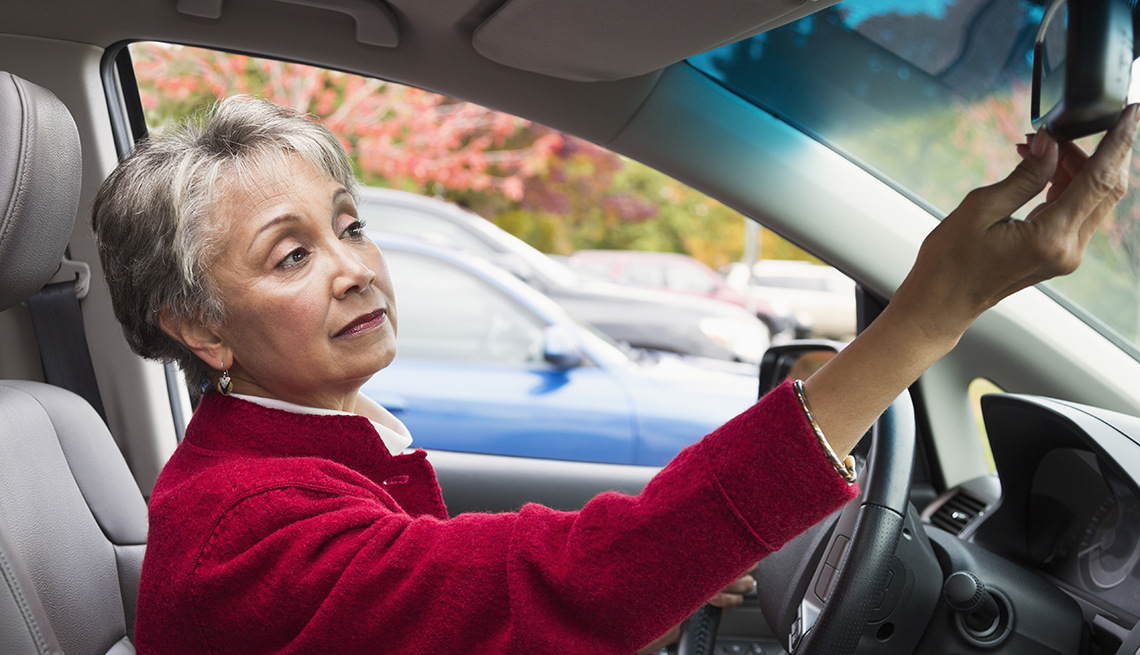AARP Hearing Center
Today’s vehicles are equipped with lots of technology to help keep drivers safe. That includes backup cameras, side-view video feeds and lane-assist alerts.
But all that technological support can mean that some drivers rely too heavily on technology instead of their own observations. Those bad habits can create potentially dangerous situations, including blind spots — the area of the road outside a driver’s field of vision.
Blind spots cover close to half of the space around your vehicle, according to National Highway Safety Administration statistics. Too often, when drivers pull out of a parking spot or change lanes, they don’t see oncoming vehicles or pedestrians in their path because of a blind spot. This can result in a collision or serious injury.
You may have stopped turning your head to look behind you when you put your car in reverse, assuming the rearview camera provides an adequate portrait. Or perhaps, before switching lanes, you wait to hear the beep from your car’s lane-assist feature instead of peeking over your left shoulder. If so, it’s time to relearn the basics. Here’s how and why to adjust and check your car mirrors before hitting the road.
Position mirrors properly
Advanced driver-assistance systems (ADAS) provide an additional layer of safety when you’re behind the wheel, but your mirrors should always be your first and last line of defense, says Lynn Fuchs, founder and president of A Woman’s Way Driving School, based in Valley Stream and Glens Falls, New York.
“There could be a mechanical glitch with the technology, and it could fail, so you always want to use your own eyes to know how to safely navigate changing your road position,” Fuchs says.
That means consistently using all three mirrors — the inside rearview, outside driver-side and passenger-side mirrors — while you’re driving.
“The idea is to create a seamless visual view around as much of your vehicle as possible, especially to the rear, where it’s harder to see,” says William Van Tassel, manager of driver training programs for the American Automobile Association’s (AAA) national office.
Believe it or not, some drivers point their side mirrors inward — so they see only their own cars — instead of rotating them outward, he notes.
“We teach what’s commonly called the Blindzone Glare Elimination Technique of setting your mirrors — canting the side mirrors outward 15 degrees or so. The benefit is you have a wider view all around the car behind you,” he says.
To properly set your driver-side mirror, sit behind the wheel and touch your head to the driver’s window. Look at your mirror and adjust it outward until you can see the lane next to you with just a small portion of the back end of your car as a reference point, advises Fuchs. For the passenger-side mirror, lean to the right until your head is above your car’s center console, then look into your right-side mirror and adjust it until you can see part of your vehicle.
“Center your rearview mirror so you’re not looking into the backseat, at your face or up at the ceiling — you’re centering it through the back window,” she says.

































































